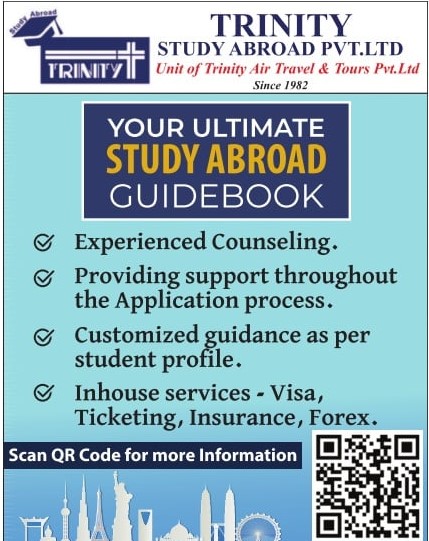CNN Central News & Network–ITDC India Epress/ITDC News Bhopal: In East Asia, most strategic scholars tend to view India’s foreign policy as balanced diplomacy. This is especially evident as the first country Prime Minister Modi visited and embraced during his third term was Russia, meeting with President Putin. Many interpret Modi’s move as a setback to the US Indo-Pacific strategy.
Indeed, the US Indo-Pacific strategy often seems more bark than bite, with action typically being taken only after the “created” problems have already swept in. It’s rare to see the United States, a century-old maritime power, adopting someone else’s strategic security concept. “Indo-Pacific” was originally a term proposed by the Indian Navy, but it only became part of America’s national strategy after Shinzo Abe gave it a strategic framework.
If the US Indo-Pacific strategy is meant to counter China’s Belt and Road Initiative, it’s unclear what benefits or shared interests it offers. While the US stresses freedom of navigation under international law, its allies are left to pick up the tab and react repeatedly. It matters to the US, but India has its own priorities.
The Ukraine war has had varying impacts on the world over different periods. When PM Narendra Modi addressed the US Congress, he stated, “This is not an era of war. The war in Ukraine involves major powers and the consequences are severe.” During India’s G20 presidency, Modi emphasised India’s readiness to contribute in any way to restore peace.







